Connectivity is expected to be a growing trend in the future. And, not just in your home, but also in your surroundings
There’s been a lot of hype about the next-generation urban lifestyle in a fully integrated, tech-saturated world. It’s a life where phones and sensors manage everything from music and appliances, control sidewalk temperatures, traffic flow and even arrange autonomous transport.
But how close to reality is it? Closer than some may think…
If the Sidewalk Toronto project is any indication, there’s plenty of innovative thinking going into making downtown living affordable and flexible enough to accommodate more than single professionals in one-bedroom condos. The project is a joint effort by Waterfront Toronto, the tri-level government organization, which oversees development of the area, and Sidewalk Labs, a research firm owned by Google’s parent company Alphabet, to create a new kind of mixed-use, complete community at Quayside in the southeast end of the city.
What’s the appeal for potential buyers? What’s the price? And how long will they have to wait? Indications are it could lead to lower costs and happen sooner than many might think. Sidewalk Toronto’s projections are that if all goes according to plan, they will be breaking ground on their first two residential buildings by 2021 with occupancy in 2024. These will be the first two of 10 buildings planned the first phase of the project.
“Until now we have been building a lot of tall and sprawl in the way of mostly one-bedroom condo developments,” said Cherise Burda, executive director of the Ryerson City Building Institute in Toronto. “But we still haven’t addressed young families who find themselves having to travel long distances, and depend on their cars in order to have family-appropriate homes. Many younger buyers don’t want to live outside the city. They want to walk to work, or grab a bike share service.”
The path to the future of downtown housing is more than technology superimposed on buildings, managing thermostats and blinds using your mobile phone, or hailing a ride share service, she stressed. “New manufacturing and construction approaches can be used to improve housing flexibility to accommodate different family sizes; enable developments to be built on smaller parcels of land; and reduce construction costs. Ultimately being able to offer properties at an affordable price will be an easy sell.”
Sidewalk Toronto is a project that is taking the concept by the horns and providing a glimpse into the future of real estate development along the waterfront, Burda said. “One of the good points about that project is that technology is part of a bigger plan.”
Residences will be a significant departure from what buyers have been used to seeing. “These buildings will be extensions of the public realm,” said Jesse Shapins, director of public realm for Sidewalk Labs. “It’s not just what’s in your home but how it connects to other spaces, including the street, transit, cycling, vehicles and buildings. There is nothing being done of this scope in terms of building innovation and looking at every facet of a built environment.”
Sidewalk Labs is exploring a number of innovation and sustainability strategies, such as prefabrication of components off-site that can be assembled on arrival, and modular suite designs with movable walls that can be adapted for changing family needs.
“Imagine a world where you can start small and grow the unit as the family grows. We are always asking ourselves, what that would look like,” said Annie Koo, assistant director of development for Sidewalk Labs. “We can see multi-generational families living in connected units. We’re also exploring ideas such as on demand off-site storage facilities, and built-in multi-purpose furniture.”
Michael Bernstein, president of Juno Advisors, a real estate infrastructure specialist who served as an advisor on Waterfront Toronto from January to July 2018, says the concepts around modular construction are still very nascent but evolving quickly.
“We are seeing U.S.-based prefab/Lego type homes using 3D printed materials and recycled goods, windows with cellular connectors, and ‘greener’ cement embedded with carbon. These themes play along with buildings that are faster to build, better, cheaper and cleaner.”
Bernstein believes the Sidewalk project could influence planning on a global scale. “There are not many projects looking at areas so close to the downtown core. It is unique in that it is right next door to one of North America’s largest and fastest growing cities.”
Consumers for the most part are on board with the concept of an integrated lifestyle, Shapins said. “There are those that view a family neighbourhood as single family homes with yards and cars. That can still work for some. But a lot of people love the idea of being closer to their job, walking to get the things they need. They also recognize that lifestyle can have a substantial impact on the future of the environment and sustainable development. So we all have to think differently about what that family neighbourhood can be.”
Architects and developers are excited at exploring concepts that are scalable, reliable, replicable, and more environmentally friendly, he added. “There’s a lot of enthusiasm to learn and they are recognizing the need for a lot more family friendly housing, in concert with ground floor spaces, communities, public spaces and retail.”
Architects IBI Group in Toronto has made a significant pivot in the way it works and the kinds of buildings they create, said Mansoor Kazerouni, global director, buildings for IBI Living+ in Toronto. “Infusing them with technology and having them be informed by technology are definitely the way of the future,” he said. “But we know it can’t be done in isolation.”
To that end, IBI has created a dedicated Smart City Sandbox office on St. Clair Avenue in partnership with organizations that include Ellis Don, Ontario Power Generation, The Weather Network, Ontario Centres of Excellence, and Slate to explore a range of integrated concepts for residents, from intelligent climate control and service delivery, to in-building, co-working spaces and last mile autonomous vehicle integration.
As for public acceptance, Bruno Peters, director of IBI”s Smart City Taskforce, said that despite the talk around technology, buying decisions to some extent will still boil down to cost and convenience. At the same time, there is also an increased expectation there will be more focus on environmental responsibility.
“We are already starting to see building design adapting to how packages are delivered, or how people order goods and services with locker systems and curbside management that give residents a reason to live there and stay. But it will also depend on the market desire. How motivated will they be to spend the money to take advantage of those innovations?”
Kazerouni contends that millennials “don’t think twice about it. It’s simply second nature for them. Many of those types of services are here and happening and readily embraced by residents, such a pick up/drop off bays for ride share services, electronic parcel storage, and on-site workspaces.
Everything people are talking about is already in motion in various developments to some degree, he added. “What we would love to see is for it to all come together in a single smart community. When that happens, residents will be able to better communicate and participate not only in how their homes perform, but also their local communities and cities.”
But when these concepts transition to reality, what does that mean for homebuyers? Will they flock to those development communities, or resist such a wholesale change in their way of living?
The answer for the most part seems to be that development projects have to be transformative in order to tackle the growing urban housing crisis. With that, buyers will be willing to embrace the new way of living and working once they realize the benefits that go beyond gadgets and convenience.

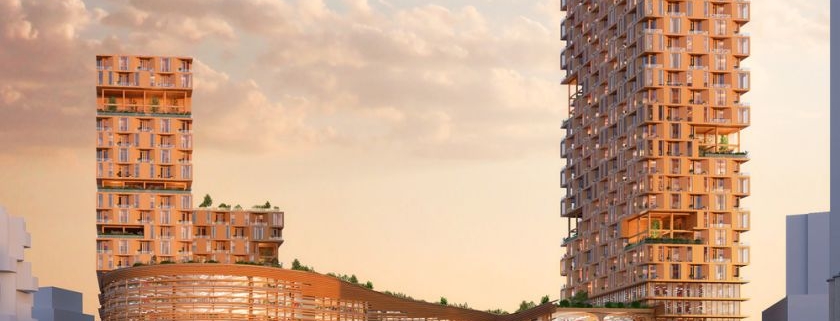
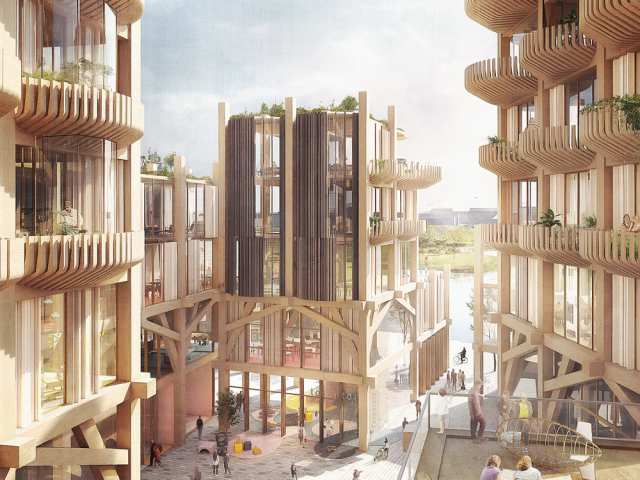
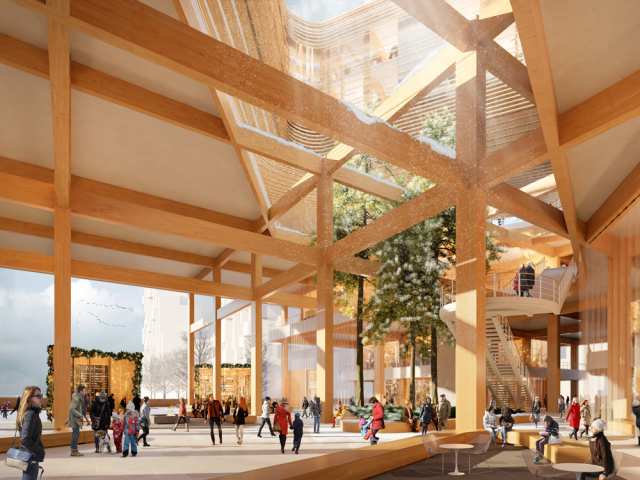



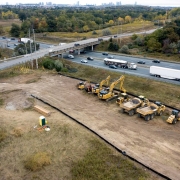
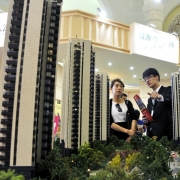

 Maziar Moini, Broker of Record - Home Leader Realty Inc.
300 Richmond St. W., #300, Toronto, ON M5V-1X2
Maziar Moini, Broker of Record - Home Leader Realty Inc.
300 Richmond St. W., #300, Toronto, ON M5V-1X2



